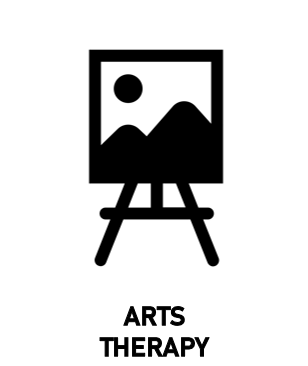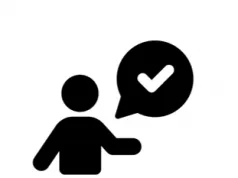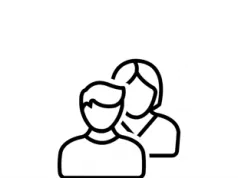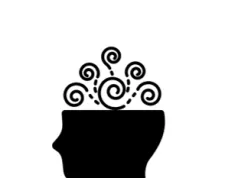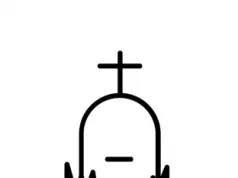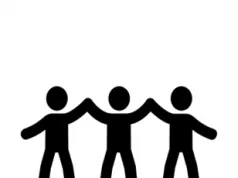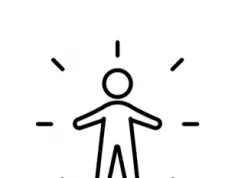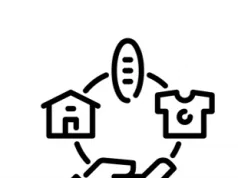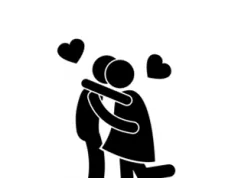Arts Therapy is a type of therapy that can be used to treat various mental health conditions. Arts Therapy can be particularly useful for those that struggle to express their feelings by words.
There are many different types of talking therapy. It is therefore important to look in detail at the different therapies that exist. This article examines areas regarding Arts Therapy that are worth knowing.
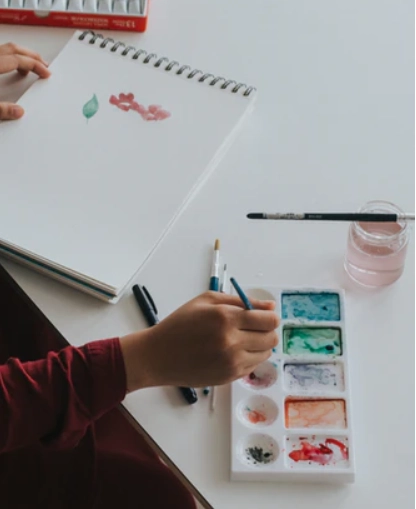
What is Arts Therapy?
Arts Therapy: Arts and creative therapy (also known as expressive arts therapy, creative arts therapy, expressive therapies etc) can help people find a way to express their thoughts and feelings in an easier way. This type of therapy involves an individual creating art, an object or piece of music, which can normally be used by a therapist to link to certain problems. Arts therapy can be a good alternative to talking therapy if needed.
1. Arts Therapy refers to a lot of individual areas!
Arts Therapy can be used as a catch-all term to describe many different individual variants of therapy that involve the use of creative skills or activities.
The various areas include Art Therapy, Dance Movement Therapy, Dramatherapy and Music Therapy. In fact, we have an article that looks at these various areas – available by clicking here.
2. Arts Therapy is useful for those who struggle to talk about their feelings and emotions
Most people will find that a regular talking therapy like Cognitive Behavioural Therapy or Psychoanalytical Psychotherapy works for them. But some people struggle to talk about their feelings and emotions.
When this is the case, Arts therapy can be perfect! This is because Arts therapy provides the chance for people to express their feelings and emotions through art – a non-verbal form of treatment.
3. Arts Therapy can treat many different mental health conditions
Arts therapy can be used across multiple mental health conditions. Essentially, any condition that involves a person struggling to communicate can get some benefit from Arts therapy.
People that suffer from conditions like Schizophrenia, trauma-related disorders, Anxiety or Borderline Personality Disorder are typically the most likely to use Arts therapy.
4. Sessions can be 1-to-1 or in a group
Arts therapy can be delivered either on a 1-to-1 basis, or in a group. Both have their advantages, while both have their disadvantages. In terms of if the sessions will be done on a 1-to-1 basis or in a group, individual circumstances will be taken into account.
When doing Arts therapy in a group, it can be useful to hear about the experiences that others go through. But it doesn’t provide the 1-to-1 focus that individual sessions provide.
5. Research into its effectiveness is mixed
Arts therapy has mixed results when it comes to measuring its effectiveness. The evidence doesn’t appear to be clear that it is helpful for everyone, but some seem to find relief from it.
Arts therapy is often recommended for use in schizophrenia, but the evidence doesn’t support its use [1]. Arts therapy does however appear to work in cases of Borderline personality disorder [2].
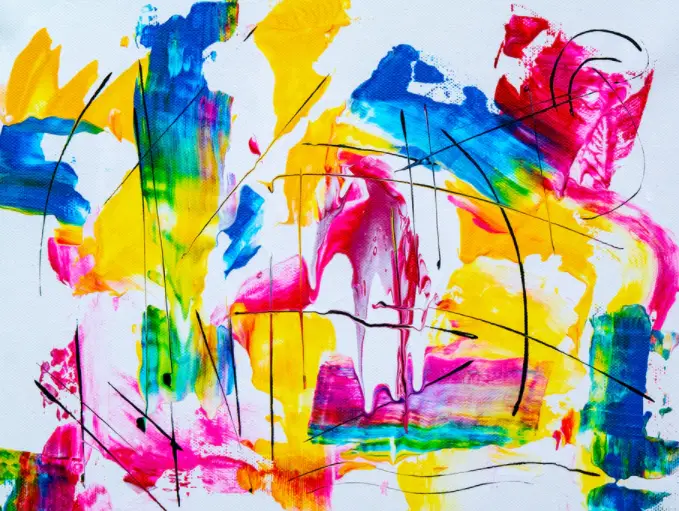
6. Arts Therapy can be a “gateway” to other therapies
When a person goes through Arts therapy, they will often provide their therapist or mental health professional with a clearer picture of their mental state.
This means that once a professional can determine what their patient is going through, that they will probably be able to recommend the best possible talking therapy for them. Therefore, Arts therapy can act as a gateway or conduit to further treatment.
7. Arts Therapy doesn’t have a set time limit
The length of time that a person takes part in Arts therapy can differ from person-to-person. It depends on the progress of the learner, and how they are doing after each session.
It is likely that the patient will go on and complete another therapy after Arts therapy – though Arts therapy alone might be sufficient for them.
8. Arts Therapy isn’t intensive
Arts therapy has a rather gentle pace to it, meaning that for anyone in desperate need of help or searching for a quick resolution, Arts therapy may not be correct for them.
But if a person is in search for more of a gradual recovery that takes the pace slow, then Arts therapy can be useful for them.
See Also
- Therapy Home
- Everything You Need To Know About Talking Therapy
- FAQ’s About Talking Therapy
- Arts Therapy: Everything You Need to Know
- The Advantages and Disadvantages of Arts Therapy
- 8 Things You Should Know About Arts Therapy
- What Are The Different Types of Arts Therapy?
Disclaimer
This website should be used purely for informational purposes, and does not intend to, nor should it ever, be used as a replacement for professional medical advice.
We strive to keep all of our pages updated, and ensure that our website is full of factual and in-depth information. However, we encourage you to browse this website with care.
As a reminder, this website and all content within it cannot and should not replace the advice of a trained medical professional. You can read our full disclaimer at this link.
Helplines
If you are struggling with your mental health, help is available. With the right support and treatment, you can make a recovery. For information on helplines, or if you are in a state of crisis, please visit our crisis page by clicking on the relevant link for your geographical location (United Kingdom), (United States), (International). You can also see how to get mental health treatment and the process involved by clicking this link.
References
[1] Priebe, S., Savill, M., Wykes, T., Bentall, R., Reininghaus, U., Lauber, C., Bremner, S., Eldridge, S. & Rohricht, F. (2016). Effectiveness of group body psychotherapy for negative symptoms of schizophrenia: Multicentre randomised controlled trial. The British Journal of Psychiatry. 209 (1), p54-61.
[2] Martin, S., Martin, G., Lequertier, B.A, Swannell, S., Follent, A. & Choe, F. (2012). Voice Movement Therapy: Evaluation of a Group-Based Expressive Arts Therapy for Nonsuicidal Self-Injury in Young Adults. Music and Medicine. 5 (1), p31-38.

